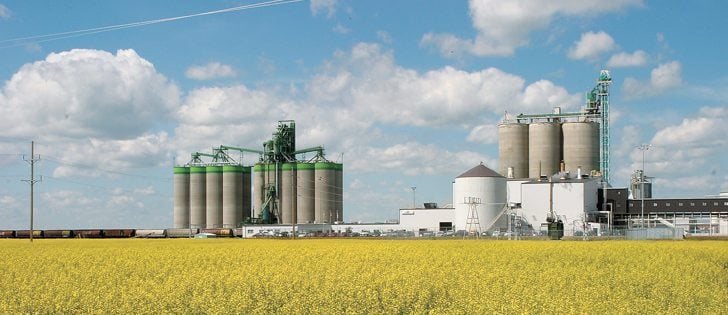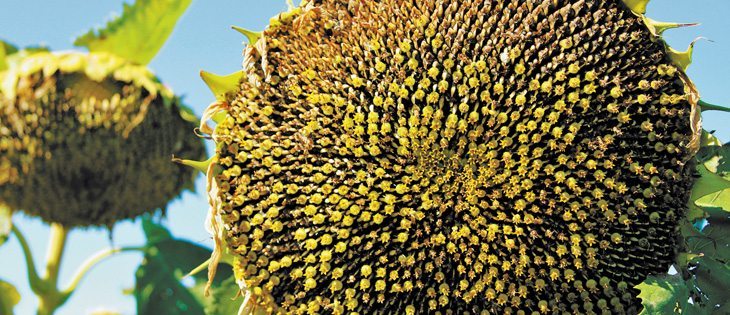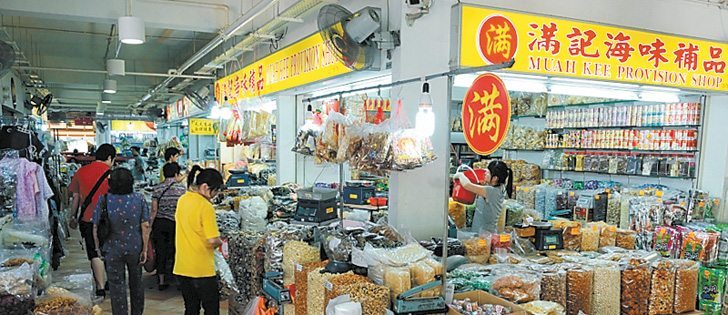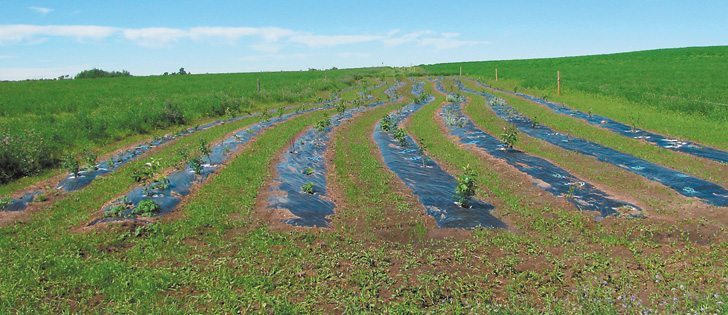Those in the cattle industry are not surprised that the national herd continues to shrink.
“That is what the market has been telling producers to do,” says Canadian Cattlemen’s Association Brad Wildeman.
Added National Cattle Feeders Association president Rick Paskal: “When it costs more to keep a cow than the return on the calf they are producing, they are going to kill these cows.”
Statistics Canada’s livestock inventory report for July 2009 said the Canadian herd is down 2.3 percent from last year. There are 14.8 million head, down from 15.1 million in July 2008.
Read Also

Vegetable oil stocks are expected to tighten this year
Global vegetable oil stocks are forecast to tighten in the 2025-26 crop year, this should bode well for canola demand.
This summer’s census counted 4.5 million beef cows, down 5.6 percent from last summer’s 4.8 million. The dairy herd was stable at two million head.
The beef herd has been downsizing since 2005, after BSE in 2003 forced producers to hold onto cattle in a market maelstrom of closed borders and low prices.
“We have to look at where we are pre-BSE. That is sort of the last normal time we have had,” Wildeman said.
The western Canadian herd has downsized more than in the east, where numbers were relatively stable.
Fewer cows means fewer calves are available to place in feedlots and ultimately less beef for the domestic and export markets. Calf inventory dropped about three percent to slightly more than five million head.
Wildeman and Paskal see continued consolidation as small feedlots with less than 2,000 head capacity leave the business and large firms struggle to remain solvent.
The situation in the U.S. is similar so there are likely to be fewer American buyers on the scene this fall, especially as the Canadian dollar approaches par.
“They have lost so much money we don’t think they’re going to be out there fighting to keep their feedlots full, at least for a turn or so,” Wildeman said.
“They have to start turning the corner on these losses.”
Forecasts suggest the U.S. feeding sector could lose $7 billion this year.
With supplies down, prices might improve for cow-calf producers if they can hang on long enough.
“Inventories are at lows we haven’t seen for a long time,” Wildeman said.
“These cow-calf guys could have a pretty good run after we get through this, just because of the supply-demand dynamics.”
He and Paskal see an industry in crisis that needs to find a new way of doing business because every sector is in trouble.
“None of the sectors are healthy right now and we can’t adhere to the same old business plan,” Paskal said.
The number one issue for the beef industry is profitability for every sector, added Wildeman.
“All the things we are doing with mandatory age verification, movement tracking and traceability doesn’t matter if we are not competitive against our American counterparts,” he said.
“We won’t have a packing industry here, we won’t have a feed industry and we’re going to be reliant on sending our cattle to the U.S. to get killed.
“Market access is important but nothing is more important than making sure that every segment of our industry is competitive or we simply are going to move our business down there.”

















